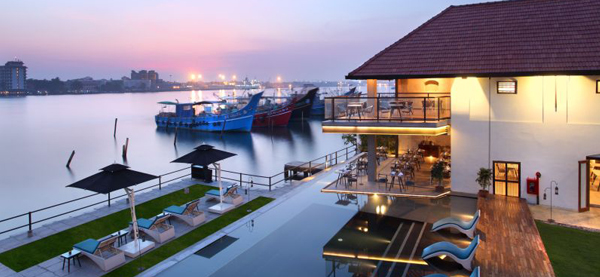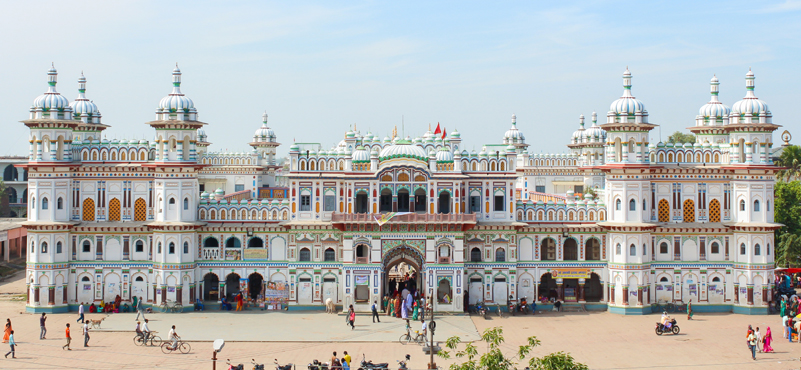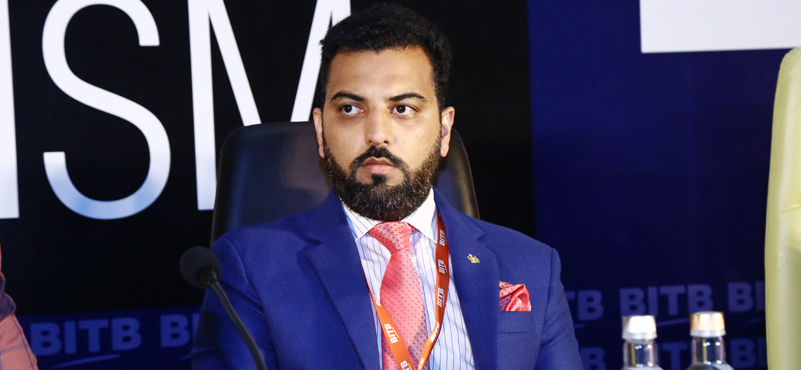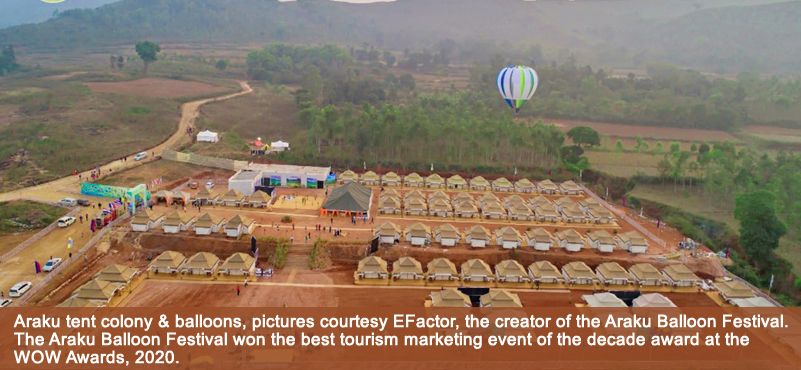Now, with the holiday season around the corner, and demonetization a distant memory, it is a good time to take stock of the Kerala’s hospitality market – after all, it attracts a significant chunk of India’s total footfalls. Resort segment is a key component of the state’s hospitality offerings, so with an eye on unravelling trends in the state’s resort space, we spoke to George.M.George, Managing Director, Muthoot Leisure & Hospitality Services. He advocates for a more rational taxation policy to make state’s and nation’s tourism more competitive. Excerpts from the interview.
 Kerala market fairly robust. Demonetization, GST rates setbacks
Kerala market fairly robust. Demonetization, GST rates setbacks
The Kerala resort market has majorly remained robust, indicated George. He noted, however, that the sailing had not been all smooth, especially since the past year, and was riddled with continuous setbacks. “Demonetization was a setback, also GST (Goods and Service Tax). Hospitality (segment) is one of the highest taxed,” he said. “A room with tariff above INR 7,500 is taxed 28% tax. Obviously, the burden of additional cost will be passed on to the traveller which I think is not very encouraging as far as tourism in India is concerned,” submitted the MD.
He alleged that the government was not viewing tourism as a “very critical industry for the economic growth of the country.” Highlighting the pull of tourism in driving domestic investments in other critical sectors to national growth, he said “tourism must be driven, understanding its critical nature.”
Giving an insight into the resort market in the state, he explained that the clientele his resorts catered to, domestically and internationally, were not “majorly effected by steeper GST rates”. “It is more to do with smaller travel agents who are a little bit more worried about the higher taxation right now,” he said. “A lot of individual travellers come to us and they are fine with GST, but demonetization actually curtailed a lot of domestic travel,”he added.
Trends in footfalls: Arguing that while it was too early to comment on ROIs, because it had only been two years since they had been operational, he said “but it has been very encouraging for us, to say the least. The people who have been coming to us, also in Xandari, Costa Rica, are coming overwhelmingly directly to us. Around 54% of all the travellers coming to our resorts are coming to us directly, than through travel agents – which suggests that global travellers are also looking for experiences.”
On the question of further expansion in domestic and international markets, he said that unless there was something to do with the conservation of local communities, Xandari was unlikely to get involved “just for the sake of an expansion in portfolio.” “We are not in the process of selling rooms, but experiences and that is far more important to us,” he asserted. However, the group was actively looking at expansion, especially in Ghana and Ethiopia, he said.
The way forward: Tourism in Kerala has remained fairly robust in 2017, post the temporary blip caused by demonetization. Resort segment, however, is different ball game all together. The steady performance of resort segment is linked to the rise of the middle-class with disposable incomes and a yearning for shorter jaunts to drivable distances. Also, travellers are increasingly seeking experiences than just a room with a bed and breakfast. All of these factors are contributing to its growth. However, Stepper GST rates for hotels may deter visitors, leading them to opt for closer by Southeast Asian destinations with similar offerings at more affordable prices, causing a dent in Kerala’s, and indeed India’s, standing as a tourism destination. The government would do well to address this industry concern and make India’s tourism more competitive in a crowded global marketplace.




































